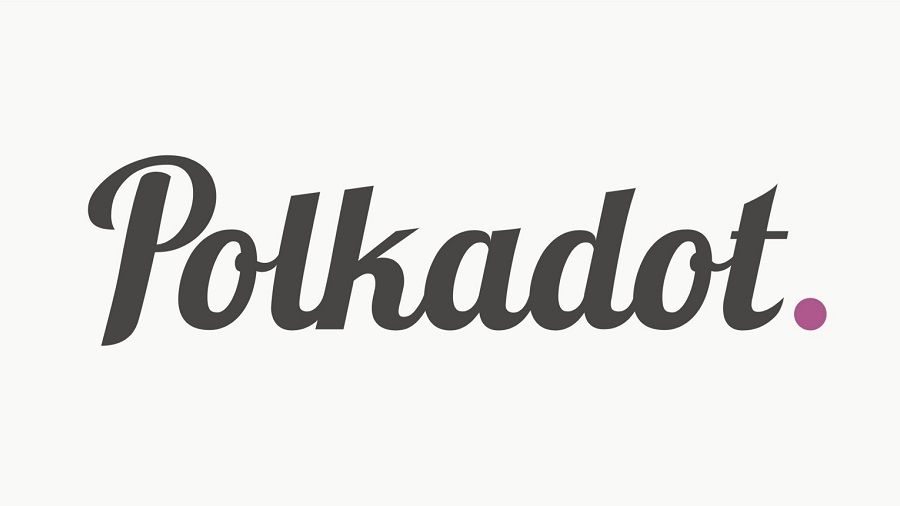On August 4, Polkadot developers launched the Rococo testnet to implement sharding using parallel chains (parachains).
According to the developers, the key parameter of shards is communication, otherwise they will act as independent chains. Shards need to interact with peers to enable sending tokens between shards. Rococo’s new testnet is specifically designed to test Polkadot protocols that will enable communication between shards.
Three separate parachains are available in Rococo: “tick”, “trick” and “track”, and developers can add their own parallel chains. The testnet uses a Proof-of-Authority (PoA) consensus mechanism and supports horizontal messaging. Messages and tokens will be sent to the parachains via the Relay Chain, which performs similar functions to the Ethereum Beacon Chain.
The ultimate goal of Polkadot is for messages to travel between chains without using the Relay Chain. This will provide faster and more direct communication. The developers have warned that the system is still unstable and will later add new code to prepare for the mainnet launch.
The Polkadot architecture uses parachains – independent but interacting chains. These parachains are based on the modular Substrate architecture, which allows users to create custom blockchains for decentralized applications. Substrate blockchains can also be used offline, however the Cumulus framework makes it easy to integrate into Polkadot.
Earlier, Polkadot developer Bruno Škvorc said that Substrate allows you to launch a blockchain that can be quickly updated without a hard fork. Last month, Polkadot became a fully decentralized network, and the administrative authority of the non-profit Web3 Foundation was removed.







